Remembrance Day: Co-op’s in Wartime
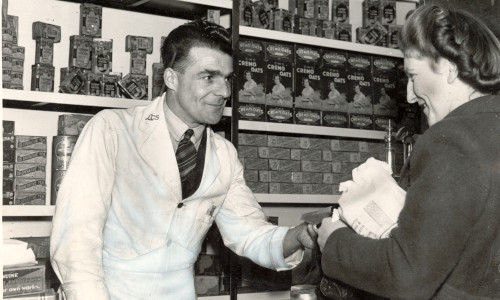
This article will take approximately 2 minutes to read
Published 10 Nov 2022 in Raising Awareness
Tomorrow is Remembrance Day, and with that in mind, we’re taking a look back at the part co-op's played during wartime, from refugees to rationing and rallying for peace.
White poppies for peace
Historically, co-ops have supported peaceful conflict resolution, sending representatives on peace rallies, and arranging foreign exchanges and friendship programmes between the wars to broker peace.
The Women’s Co-operative Guild chose to wear white poppies during Armistice Week from 1933, rather than the traditional red Flanders poppies, as a peace emblem – a move that was seen as controversial by some.
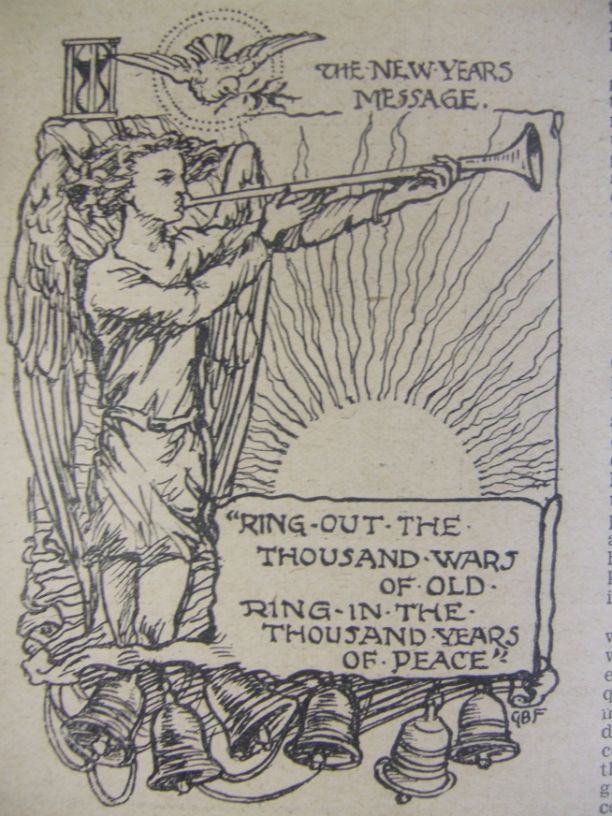
Supporting workers
When co-op workers were conscripted at the beginning of World War I, they were promised stable wages and a job to return to. Co-ops looked after the families of their colleagues too, subscribing to funds that would financially support the families of married men if they were killed or wounded.
After the wars, co-ops retrained staff and took on disabled servicemen, accommodating them in different roles if required.
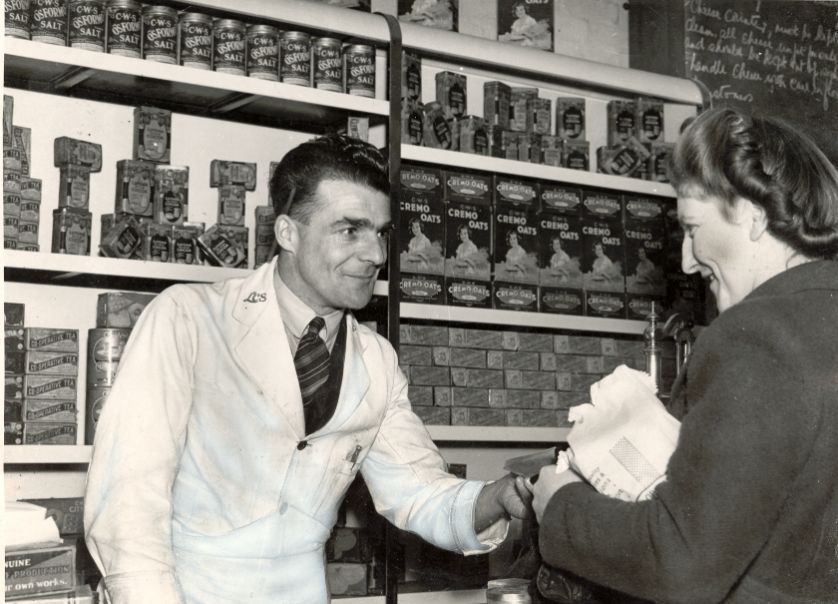
Sustenance for soldiers
Co-ops were often called upon to provide produce for soldiers stationed at encampments across the UK. Societies also packed extra food and Christmas gifts for servicemen such as chocolates, Christmas puddings and tobacco.
All serving Co-operative Wholesale Society (CWS) workers were paid a Christmas bonus.


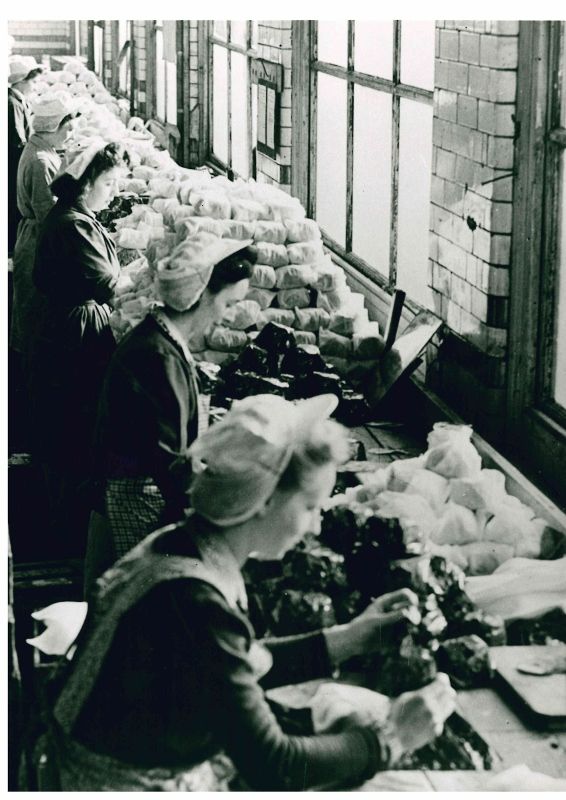
Panic buying and rationing
When war broke out in 1914 many co-operatives urged members not to panic buying to keep prices steady and to make sure people could access goods when they needed them.
Willesden and District Society in London was the first co-op to introduce rationing for sugar in 1915, and in 1917 trade unions, co-op staff and members of the Co-operative Women’s Guilds argued for rationing to be widespread for essential foods. Compulsory rationing was introduced by the government in stages from January 1918.
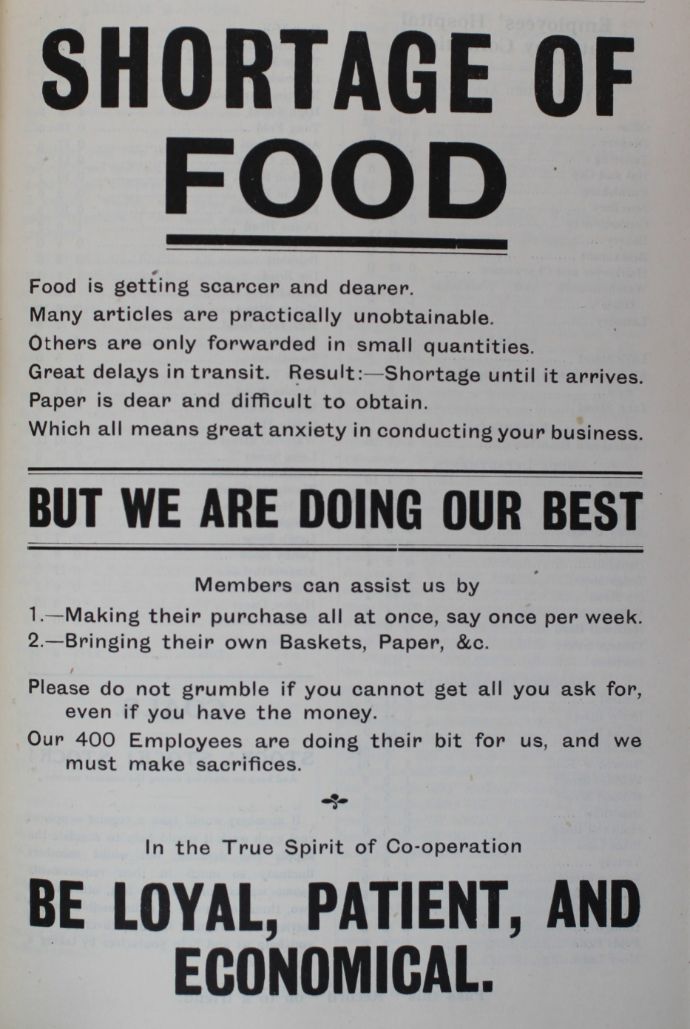
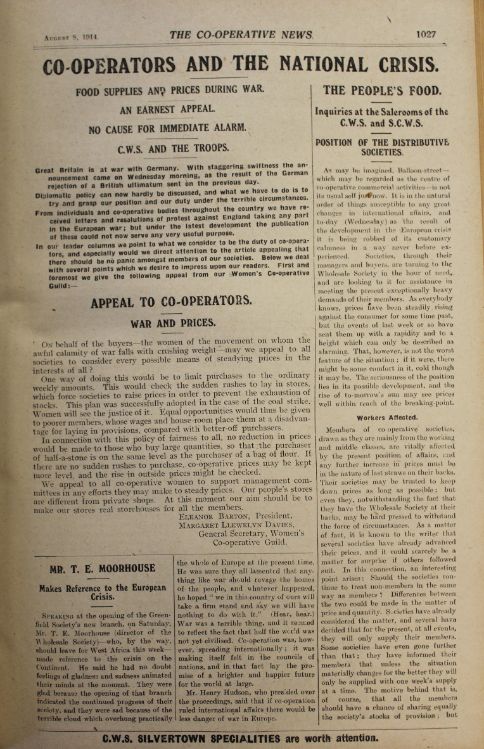
Repurposing sites
Staff were given special training in first aid, and in World War II, air raid drills and evacuations. Many CWS factories were taken over to produce military clothes or had medical departments with trained nurses. The CWS also ran army canteens.
Refugees
Co-operatives subscribed to national refugee campaigns by hosting and, in some cases, employing Belgian refugees between 1914 and 1915. In other European conflicts, co-ops donated money and food, even sending convoys to feed and evacuate children from Northern Spain during the Spanish Civil War.

Charitable giving
During conflicts co-ops asked members how they should use their profits: how much should be distributed to members and how much should be used to assist local hospitals, childcare and charitable causes, including fundraising for former soldiers.
The co-operative movement also had regional convalescent home committees which raised funds for hospitals and recuperation centres, taking soldiers from the trenches during World War I and later used as sanitoria where co-op workers could receive physical and mental health treatment.
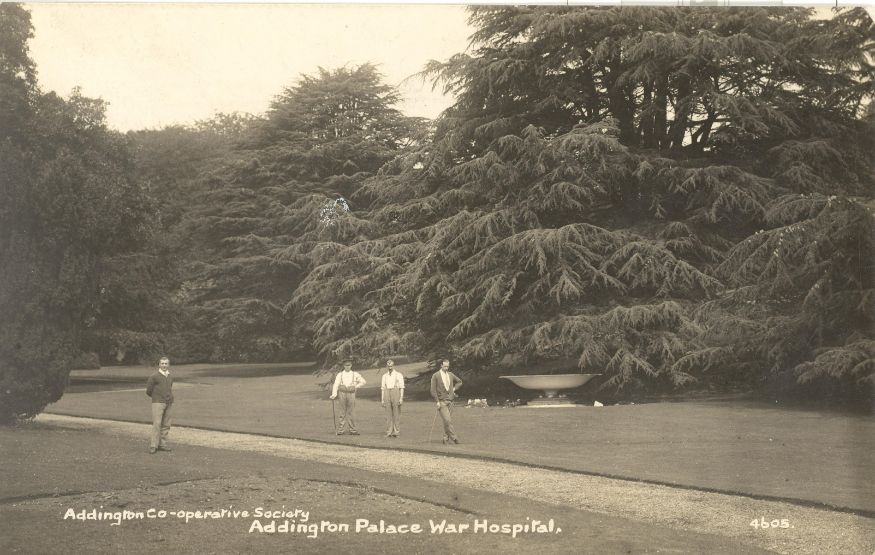

Reproduced with help from The Co-operative Heritage Trust CIO. A thank you to Liz McIvor.
If you’d like to find out more about the history of the Co-operative Movement visit co-operativeheritage.coop







